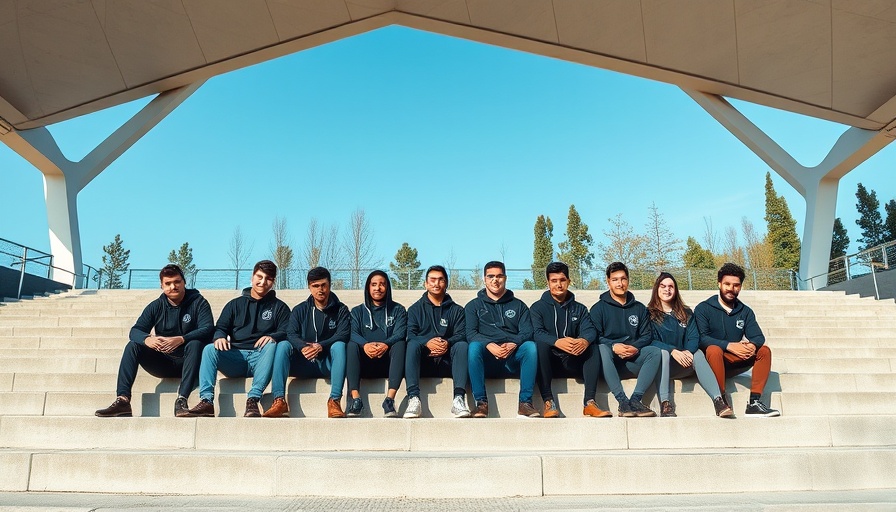
The Future on Our Digital Horizon: Data Centers at the Core
The digital revolution is reshaping the way we live, work, and interact, and at the heart of this transformation lie data centers. These hubs of technological advancement support everything from AI computations to real-time analytics, making them indispensable for the future of healthcare, finance, and sustainability. As our reliance on data centers grows, experts predict a capital expenditure surge exceeding $1.7 trillion globally by 2030. This overwhelming demand largely stems from advances in AI and edge computing, compelling a reevaluation of how we design and construct these vital infrastructures.
Powering Innovation: The Economic Impacts
The impending shift in how we develop data centers presents significant economic opportunities and challenges. Research suggests that innovative design approaches could reduce potential expenditures by up to $250 billion. New technologies are instrumental in optimizing operations and improving energy efficiency in these environments. As businesses across sectors adapt to the undeniable trend of digital transformation, the economic insights derived from smart, scalable designs in data centers could fuel business strategies aimed at long-term sustainability.
Redefining Infrastructure: New Approaches to Scale
To accommodate increasing power demands set to reach 1,400 terawatt-hours globally by 2030, data centers must evolve. This evolution underscores the need for hybrid facilities that can manage diverse workloads—training, inferencing, and cloud functions—efficiently. By shifting to smarter designs that prioritize operational efficiency, players across the value chain can harness newfound opportunities, paving the way for data centers that are not only bigger but also faster and more resilient.
The Tech Lens on Trends: Lessons From Other Industries
As we contemplate the transformational impact of data centers, it’s essential to examine parallels from other sectors. Industries that have successfully navigated disruptive changes often draw upon innovative designs and technological adoption to thrive. For example, advancements in healthcare technology have consistently reshaped patient care. A similar approach—leveraging insights and practices from across industries—can be valuable for data center stakeholders looking to enhance their operational designs.
Crafting Actionable Insights for Professionals
For mid-to-senior professionals in tech, finance, and healthcare, understanding these industry shifts is crucial to leveraging new avenues for growth. As businesses embark on digital transformation initiatives, they must consider integrating actionable insights derived from data center innovations into their strategic business plans. By becoming informed leaders in this space, professionals can navigate the complexities of technology transformations while positioning their organizations for future success.
 Add Row
Add Row  Add
Add 




Write A Comment